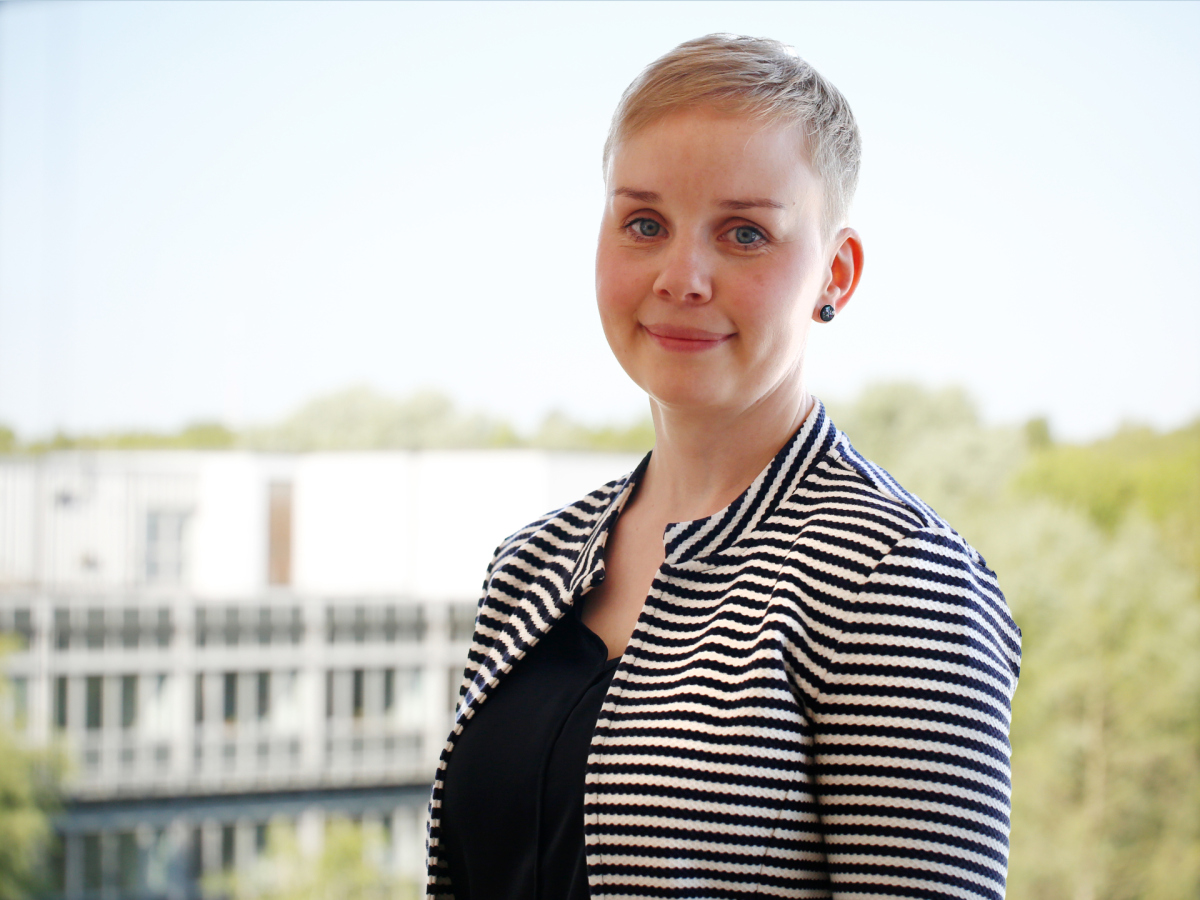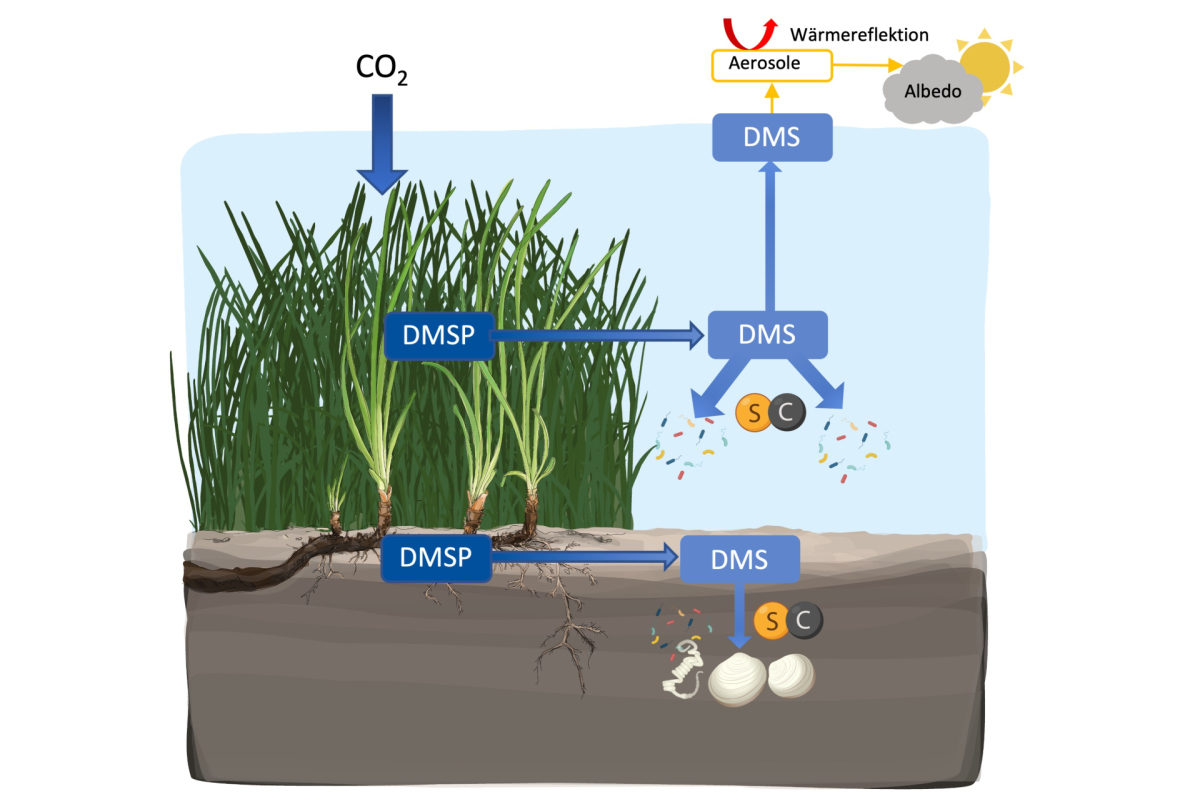- Abteilungen
- Emmy-Noether-Forschungsgruppe für Organoschwefel-Kreislauf
- Forschungsprojekte
Forschungsprojekte
Group Leader
MPI für Marine Mikrobiologie
Celsiusstr. 1
D-28359 Bremen
|
Raum: |
3242 |
|
Telefon: |

Forschungsprojekte
Schaut auch gerne hier https://organosulfurcycling.com/
Organosulfur cycling in chemosynthetic symbioses
Chemosynthetic symbioses, where chemosynthetic bacteria provide essential nutrition to their eukaryotic hosts, are remarkably diverse and are commonly found in nutrient-limited environments like seagrass meadows, coral reefs, and mangroves. These environments, while seemingly resource-scarce, are rich in organosulfur compounds such as dimethylsulfoniopropionate (DMSP) and dimethylsulfide (DMS). The significance of these organosulfur compounds for ocean biology and ecology has only recently been recognized.
It is now widely acknowledged that organosulfur compounds play a pivotal role in various biogeochemical cycles. They serve as critical sources of sulfur, carbon, and energy for marine microorganisms and have far-reaching effects on the Earth’s climate. Despite this recognition, our understanding of how organosulfur compounds are produced, consumed, and cycled remains limited.
In light of the fact that nutrition is often a limiting factor in the habitats where chemosynthetic symbioses thrive, the utilization of organosulfur compounds emerges as a valuable source of energy and carbon for these partnerships. Our research endeavors to assess and demonstrate the importance of organosulfur compounds in sustaining the nutritional needs of chemosynthetic symbioses. Through our work, we aim to shed light on the intricate interactions and dependencies within these ecosystems, contributing to a deeper understanding of their functioning and ecological significance.
